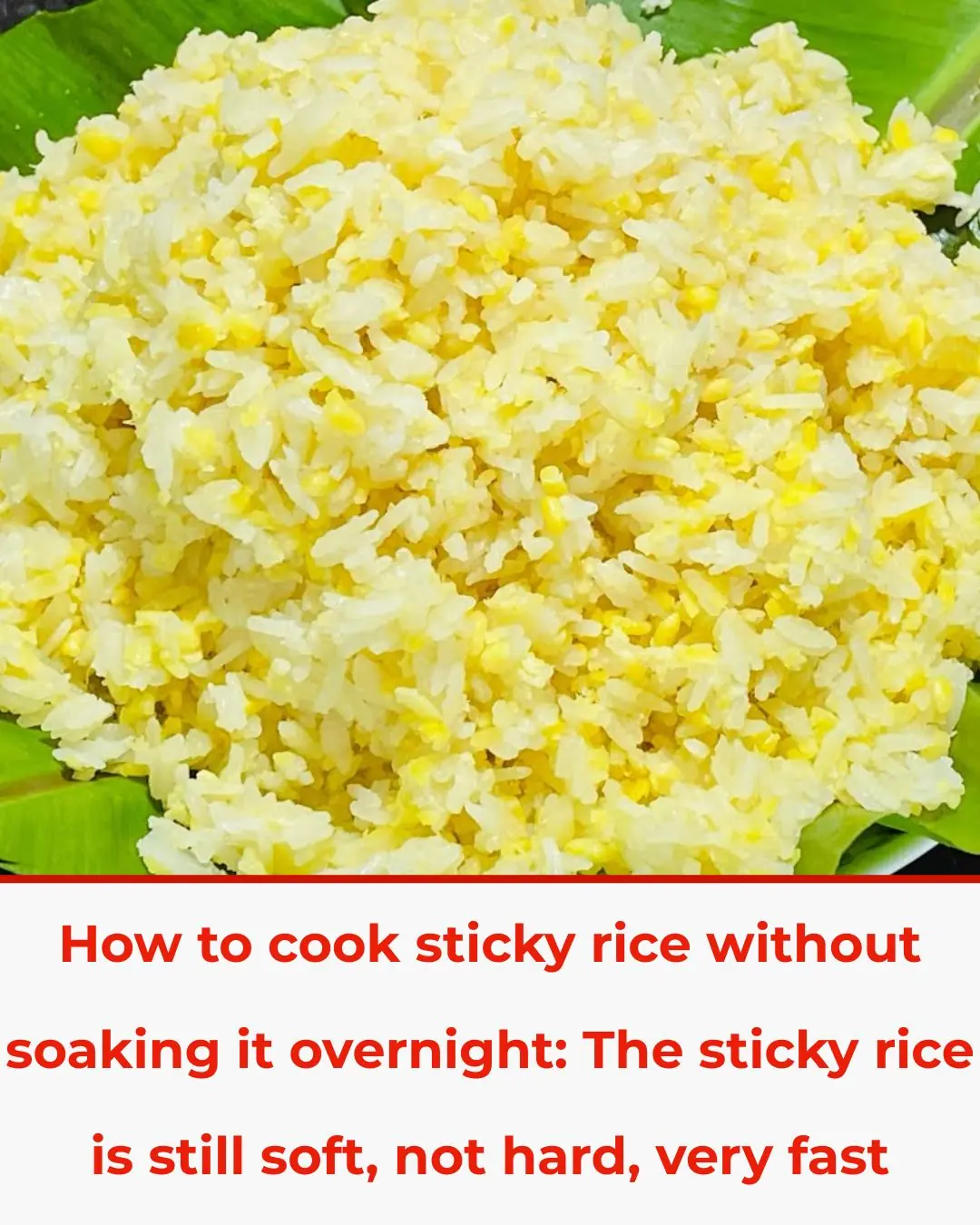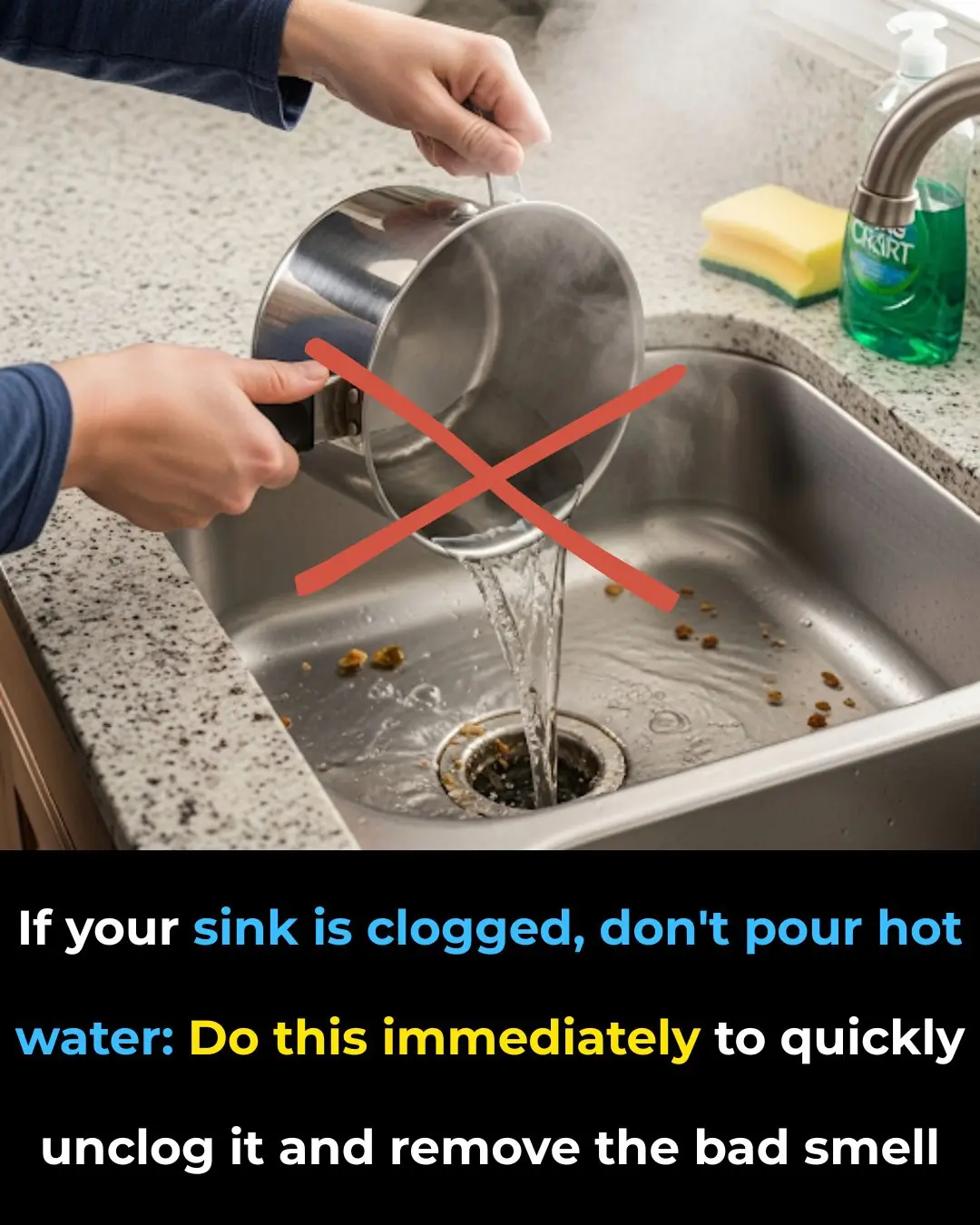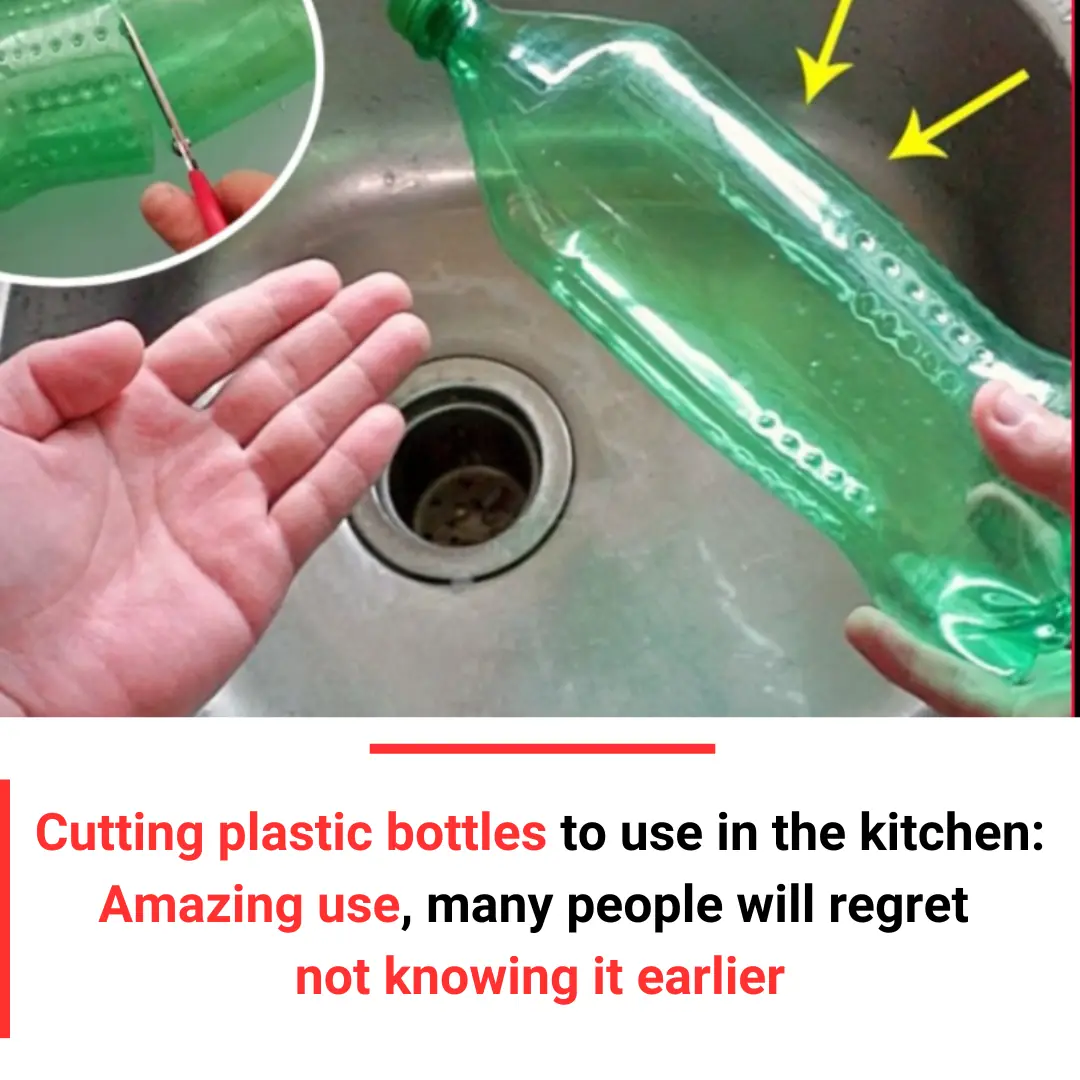
There’s a “Hidden Switch” on Your Water Heater: Using It Properly Can Make It Last Over 10 Years
Knowing how to use this special feature will significantly extend the lifespan of your water heater.
It’s clear that water heaters have become an indispensable appliance in almost every Vietnamese household today. Just plugging in the device for a short while before showering gives you hot water instantly, making daily life much more convenient.
However, to maintain your water heater’s performance and longevity, you need to understand some key features, especially how to properly clean it to prevent dirt and sediment buildup that can damage the device over time.
The “Hidden Switch” on Your Water Heater Body
Cleaning a water heater isn’t as complicated as many think. On the body of the heater, there is a “hidden switch” that most people don’t know about. This switch is actually a sediment drain valve. Simply opening this valve allows dirty water and accumulated sediment to flow out into a basin or container, effectively flushing out the contaminants inside the tank.
Step 1: Prepare Before Cleaning
Before starting the cleaning process, the first thing you must do is drain all the hot water inside the heater to avoid burns during cleaning. After that, unplug the power source and turn off the water supply to the heater.
Next, disconnect the water inlet and outlet pipes as well as the safety valve. Once all water inside the tank has been drained, locate the sediment drain valve, which is usually found next to the inlet and outlet pipes. Be gentle when turning this valve because it is connected to the magnesium rod (also called the sacrificial anode rod), which helps protect the inner tank from rusting. The magnesium rod prevents corrosion on parts of the tank that are not coated with enamel, thus protecting the core structure of the water heater from getting damaged.
Step 2: Flushing the Water Heater
Attach a hose to the water outlet pipe and open the water supply valve to let cold water flush through the tank. This process pushes out dirt and sediment through the sediment drain valve. Keep flushing for about 1-2 minutes or until the water coming out is clear and free from sediment.
After flushing, remove the hose from the inlet pipe and reattach all the water pipes and the safety valve exactly as they were before.
Step 3: Check and Clean the Magnesium Rod
Before reinstalling the magnesium rod back into the heater, wash it thoroughly. If the rod has corroded more than 60%, it’s essential to replace it immediately. Failing to do so can cause the rod to react with metals inside the heater, leading to leaks, corrosion of the outer shell, and potentially posing safety risks to users.
Why Regular Maintenance Matters
With just these simple steps, you can remove accumulated sediment inside your water heater effectively. Experts recommend performing this cleaning routine every six months to prevent excessive buildup and to maintain the heater’s efficiency and safety.
Regular maintenance not only extends the lifespan of your water heater—potentially lasting over a decade—but also ensures it runs safely and saves you money by avoiding costly repairs or early replacement.
News in the same category


Great hacks every family needs

A small but effective tip

How to Cook Sticky Rice Without Soaking Overnight: Soft, Chewy, and Super Fast

How to Unclog a Sink Drain Without Calling a Plumber

Expiring Food: Should You Buy It or Not? The Answer Might Be the Opposite of What You Think

Add a few drops of essential oil to the water used to clean the floor. Knowing the benefits, every family wants to follow suit.

Put garlic at the bedside, its "golden" uses, anyone who reads this will want to try it.

4 toxic plastic items

The Chicken Seller Said: "These 3 Types of Chicken Meat, No Matter How Cheap They Are, I Never Buy..."

Hanging a Towel on the Door Handle Before Bed: Unexpected Benefits That Few People Know

Cutting Plastic Bottles for the Kitchen: Amazing Uses You’ll Wish You Knew Sooner

The 8 Most Power-Hungry Devices: Unplugging Them Can Save You More Than You Think

The Ancient Wisdom: Kitchen Directions and Bed Placement in Feng Shui

What should you do if someone has a stroke?

What You Need to Know About the Nutritional Value of Figs

When buying loofah, should you choose the dark green or light green ones for better taste? Many people who have been shopping for years still don't know this.

Two quick and easy ways to wash yellowed pillow fillings, instantly turning them bright white like new.
News Post

There’s a Hidden Button on Your Air Conditioner Remote: Turning It On Can Cut Your Monthly Electricity Bill in Half — Don’t Miss Out If You Don’t Know!

Simple T-Shirt Image Is Driving the Internet Crazy

Great hacks every family needs

Early Signs of Liver Damage & How to Strengthen Your Liver

6 Foods You Shouldn’t Eat With Eggs

Cardiologist Reveals the #1 Exercise to Prevent a Heart Attack

Boost knee cartilage with this simple but powerful drink

A small but effective tip

How to Cook Sticky Rice Without Soaking Overnight: Soft, Chewy, and Super Fast

How to Unclog a Sink Drain Without Calling a Plumber

Expiring Food: Should You Buy It or Not? The Answer Might Be the Opposite of What You Think

Couple’s Walk Leads to a Rare $70,000 Ambergris

Woman Experiences Intense Leg Pain, Discovers She Has a Rare Ancient Disease Once Called ‘Holy Fire’

Homemade Baking Soda Cream: Say Goodbye to Wrinkles and Dark Spots

Goodbye, Blood Sugar! A Simple Natural Drink That Helps Balance Glucose Levels

Tomato Benefits for Skin – Rub Tomato Slice on Face

Science Reveals How This Physical Trait May Indicate Narcissism

Nighttime Habits That Increase Your Risk of Stroke
